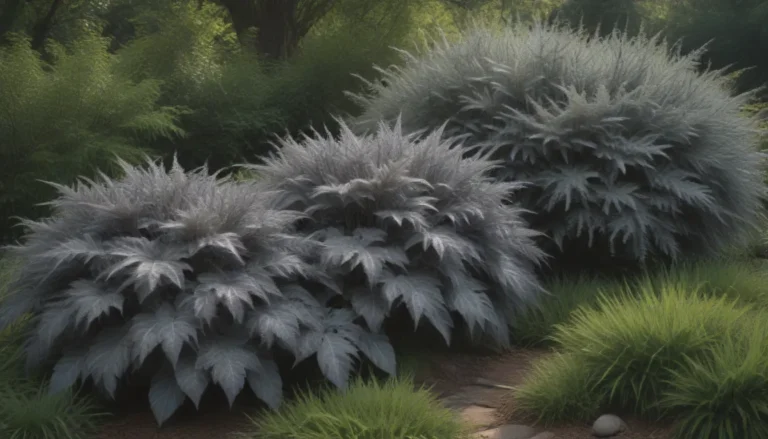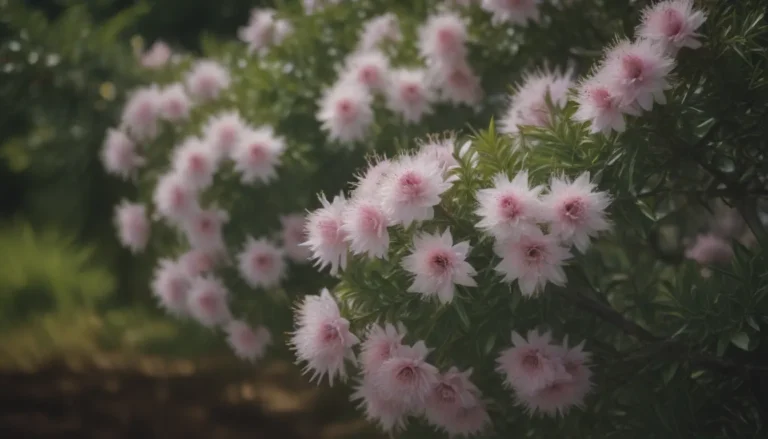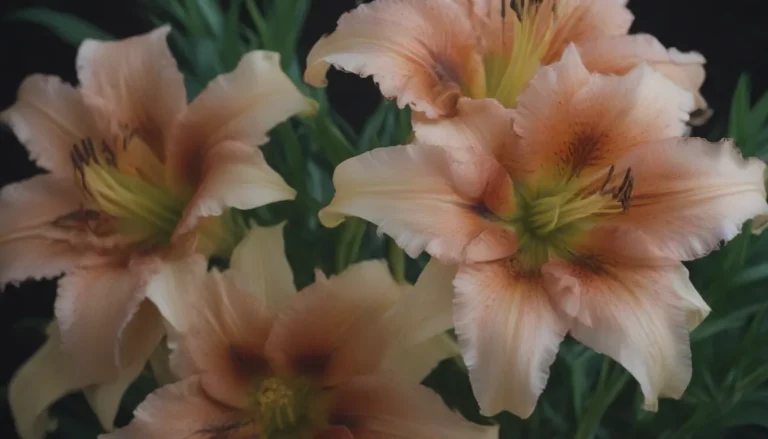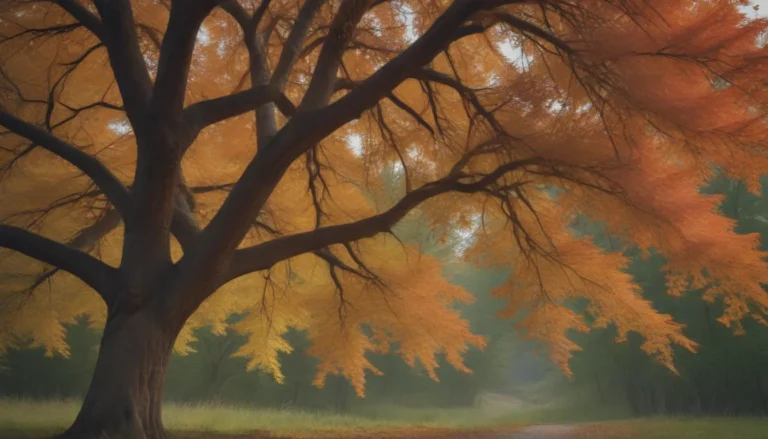Comprehensive Guide to Growing and Caring for Japanese Forest Grass
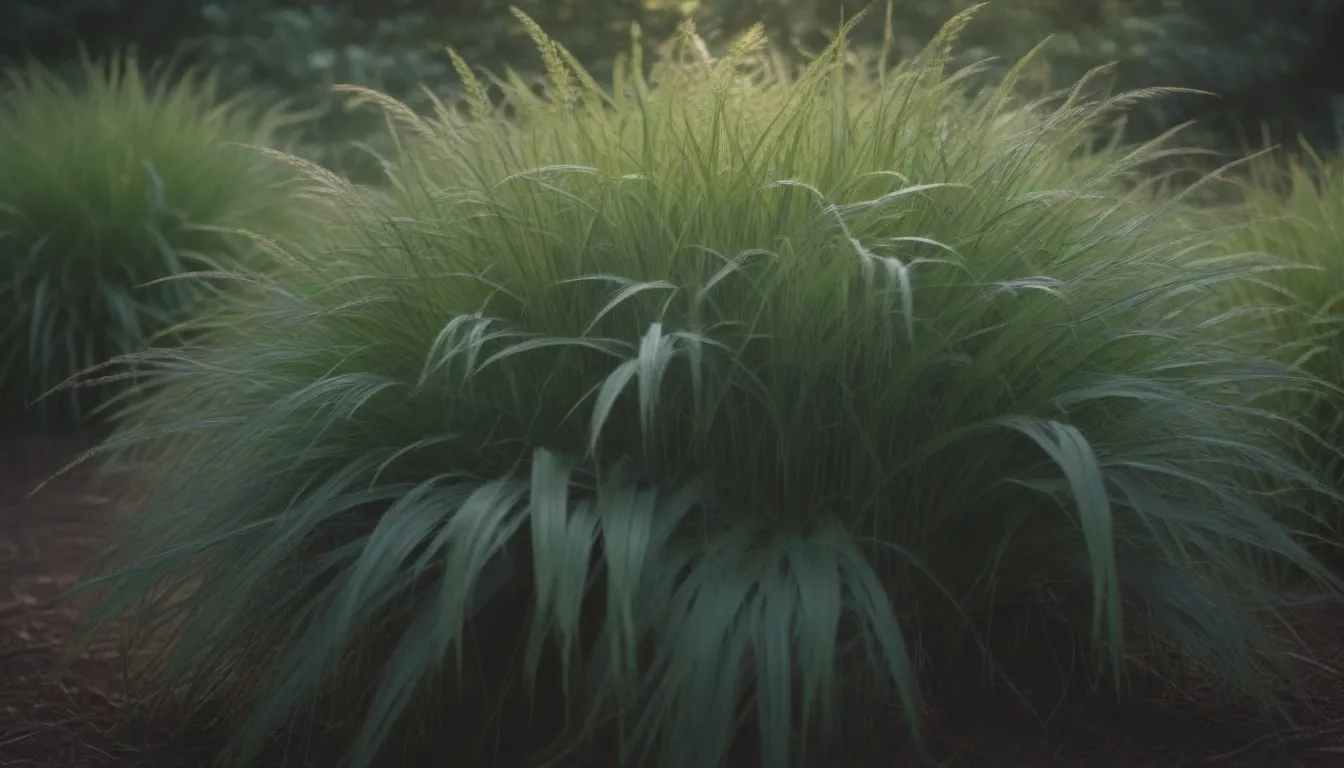
If you’re looking to add some elegant charm to your garden, Japanese forest grass (Hakonechloa macra) is the perfect choice. This beautiful perennial ornamental grass thrives in shady conditions, making it a rare and valuable addition to your landscape. With its cascading mounds of arching green or variegated leaves, Japanese forest grass can grow up to 18 inches tall and 24 inches wide, adding a touch of grace and beauty to any garden.
Planting Japanese Forest Grass
Japanese forest grass is typically planted as a container-grown nursery plant in the spring. However, you can also plant it in the fall when the weather turns cooler. Avoid planting it during the hot, dry summer months. It may take up to a year for the grass to reach its full size, but once established, it will spread slowly and require minimal maintenance.
Japanese Forest Grass Care
This low-maintenance plant is relatively pest and disease-free, making it an easy addition to any garden. You can divide Japanese forest grass in the spring if desired, but it does not require division to stay healthy. Mulching around the plants will help keep the soil cool, retain moisture, and suppress weed growth. In colder regions, heaping mulch over the mounds in the winter can prevent winter damage.
Light
Japanese forest grass prefers partial shade, such as that found in woodland areas. In cooler climates, it can tolerate more sun, while in warmer regions, it can thrive in near full shade. Part-shade conditions typically produce brighter yellow hues in the leaves, while full shade may result in greener foliage. Be cautious of full sun exposure as it can scorch the leaf tips.
Soil
Plant Japanese forest grass in moist, well-drained soil rich in humus and organic matter. If your soil is dense, amend it with compost or peat moss before planting to improve drainage and fertility.
Water
Japanese forest grass requires frequent watering to keep the soil moist. While it can tolerate short periods of drought once established, regular watering is essential for its health. Water the plant with about 1 inch of water divided into two or three equal waterings per week. Soil rich in organic material helps retain moisture, ensuring the grass receives the hydration it needs.
Temperature and Humidity
Native to cool, moist environments, Japanese forest grass thrives in similar conditions. Provide shade, regular watering, and mulch to keep the roots cool, especially in warmer regions. Extreme heat or cold can harm the plant, so ensure it is protected in harsh weather conditions.
Fertilizer
Organic mulch provides adequate nutrition for Japanese forest grass. If you choose to fertilize, do so in the spring after the first new growth appears using a balanced fertilizer. Avoid feeding the plant for the rest of the season to prevent over-fertilization.
Types of Japanese Forest Grass
In addition to the pure species form of Hakonechloa macra, several cultivars offer variety in leaf color and size. Some popular cultivars include:
- Hakonechloa macra ‘Aureola’
- Hakonechloa macra ‘Albostriata’
- Hakonechloa macra ‘All Gold’
- Hakonechloa macra ‘Benikaze’
- Hakonechloa macra ‘Alboaurea’
- Hakonechloa macra ‘Naomi’
- Hakonechloa macra ‘Nicolas’
Pruning and Propagating
No extensive pruning is necessary for Japanese forest grass, apart from removing dead leaves as needed. To propagate, divide the plant in the spring as named cultivars do not produce viable seeds.
How to Grow Japanese Forest Grass From Seed
While named cultivars typically do not produce viable seeds, the pure species form of Hakonechloa macra can be propagated by planting seeds harvested from dried flowers in small containers filled with potting mix. It may take a year or two to develop into viable plants, so division is often preferred for propagation.
Potting and Overwintering
Japanese forest grass can also be grown in containers for a softening effect in your garden. Choose a large pot with drainage holes, place it in a shady spot with dappled light, and water it daily in hot conditions. Repotting is not frequently required, as the slow-growing plant will not outgrow its container for many years.
In colder climates, cut back the plant to near ground level as winter approaches. To protect it from freeze-thaw cycles, apply a thick layer of mulch over the crowns. Consider moving potted specimens to a sheltered location for the winter to ensure their survival.
In Conclusion
Japanese forest grass is a stunning and versatile addition to any garden, bringing beauty and charm to shaded areas. With proper care and maintenance, this ornamental grass will thrive and enhance the aesthetic appeal of your landscape. Whether you choose to plant it in the ground or in containers, Japanese forest grass is sure to delight and impress with its graceful foliage and mounding growth habit.
So, if you’re looking to add a touch of elegance to your garden, consider planting Japanese forest grass. With its unique beauty and low-maintenance nature, this ornamental grass is a must-have for any garden enthusiast. Embrace the beauty of Japanese forest grass and watch your garden flourish with lush, vibrant foliage.
